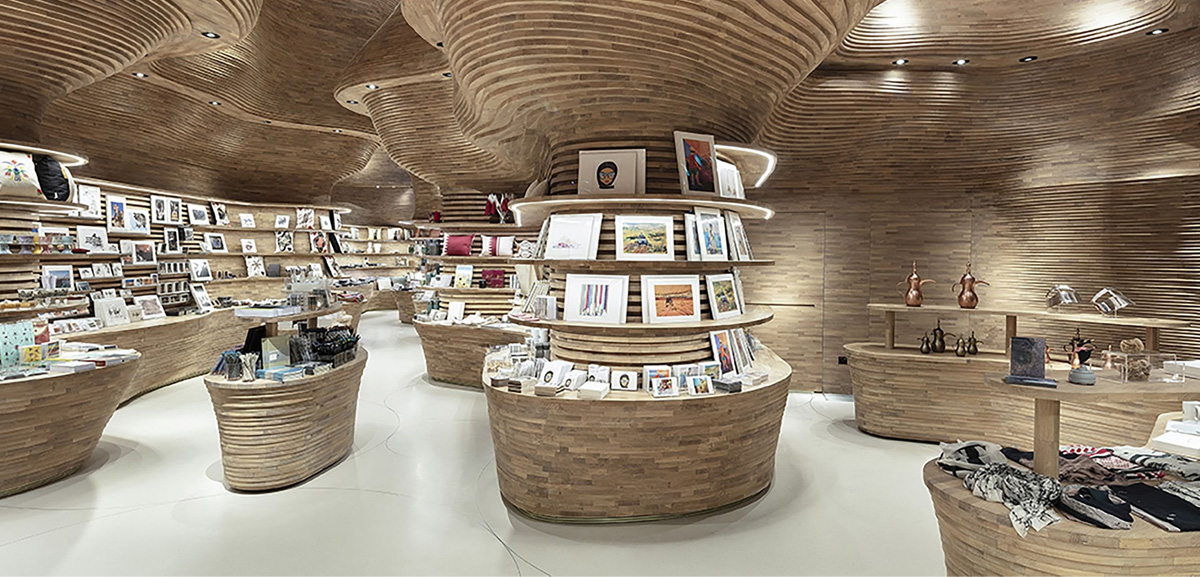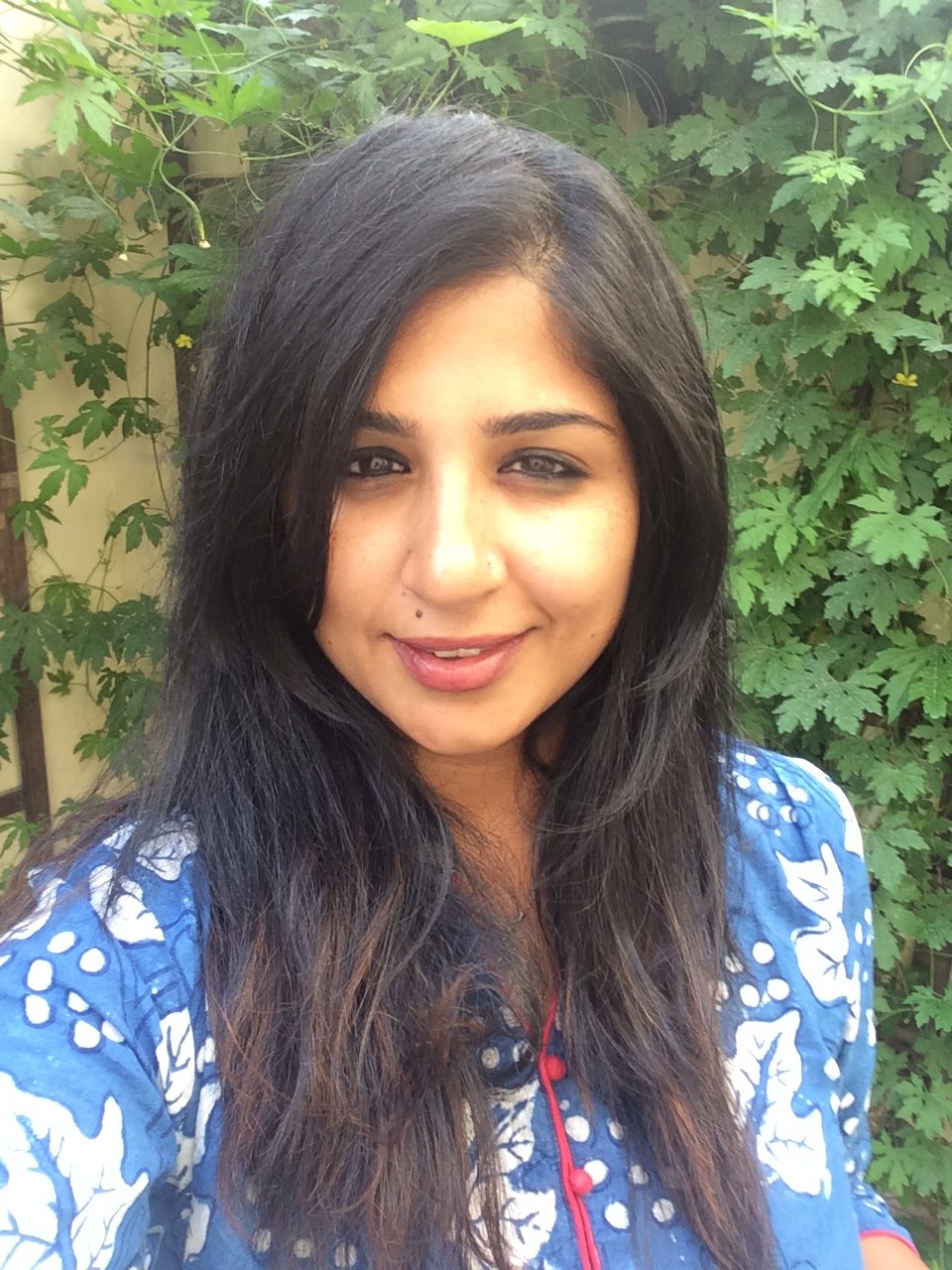A Land Rich In Culture And Heritage
The history of Qatar goes back to nearly four thousand years BC, according to archaeological evidence, excavations, inscriptions and scarce potteries found in various areas of the country.
Today, there is concerted effort exerted to promote and celebrate the culture and heritage of the country. This is not simply an exercise in creating tourist attractions, but a heartfelt desire by Qataris to reconnect with their past.
For example, the old souks, which had fallen under disrepair, have been renovated and once again are bustling markets full of vitality. Traditional buildings have been renovated, including mosques in the heart of Doha. Qataris are setting up businesses promoting the old crafts and traditions. Historic sites, libraries, magnificent collections of Arabic writings, calligraphy and art are all being made available for research and public appreciation through the efforts of Qatar Foundation (QF), Qatar Museums (QM) and the Ministry of Culture and Sports.
Fishing for Pearls

Pearl fishing is so ingrained in Qatar’s past you will discover traces of it everywhere, yet the villages and towns in the north, where pearl fishing was once the population’s lifeblood, have long been deserted. Interestingly, the pearls did not run out, they were priced out of the market because of the cheaper synthetic pearls brought from the Far East. The discovery of oil in the 1930s also made diving for pearls less profitable.
Among the tools the divers used were the scuttle, Al-futam, Al-falakah and dense stones that were tied to their leg or waist for a fast decent to the seabed. To get an idea of what pearl diving involved and to see some of the actual pearls and equipment used, visit the museum at Al Zubarah Fort.
Language
Arabic is the official and main language. However, English is widely spoken in every part of the country.. It is better that you learn a few Arabic words and phrases as it will help you better communicate with others in Qatar. This will also reflect your interest in the country and its language. There are many places where you can learn the language, and Al Sheikh Abdullah bin Zaid Al-Mahmoud Islamic Cultural Center is a popular choice with many courses running at different levels.
Art

Ancient geometric designs, calligraphy and etchings are proof of the highly creative and artistic people. However, it is interesting to note the development and transition of art in Qatar over the past half century, from one of a purely representational form to the more abstract. Take for instance the work of Yousef Ahmad, a local artist whose work spans three decades. The artist’s early painting of Al Zubarah is a phenomenal portrayal of the lost town as it would have appeared in its hay day, whereas his latest works are intriguing abstracts that use calligraphy and locally found materials, such as palm fronds and wire mesh.
Today, Qatar Museums is supporting local artists.At the heart of this is a commitment to helping Qatar originate art, culture and heritage experiences from within. This enables the country to have an extraordinary impact on the world and have the rest of the world understand its people in return.
Music

For hundreds of years, songs have been handed down by word of mouth, from generation to generation. Still to this day, songs and poetry continue to play an important part in everyday Qatari life.
Percussion forms the basis of most Qatari music. A common musical instrument of the pearl fishermen was the, a tall clay jar which was used to create bass and treble notes. Tus or tasat were tin drinking cups, used alongside the tabl, a longitudinal drum with skins at either end, beaten with a short stick.
Modern Qatari music features basic percussion instruments and strings, including a form of the oud, an instrument not far removed from the lute. Performances often include the tar, a large tambourine-style instrument, commonly seen at weddings and other celebrations. Concerts can often be seen at Souq Waqif or Katara during events and festivals.
Poetry
Much of the traditional Qatari music culture is derived from the legacy of Bedouin poetry, song and dance. In earlier times, Bedouin poetry represented the ideal standard for other literary achievements as well as for the Arabic language.
National Dress
Most Qataris wear National dress in public. Men wear a crisp white full-length thobe with smart sandals and head dress or ghutra. The collar is winged and typically buttoned to the top. Women wear the black abaya with a head scarf shayla, and the full head dress burka is worn by some women.
Traditional Handicrafts
Traditional Qatari handicrafts form an intrinsic part of the Arab Islamic heritage of the Arabian Peninsula. These crafts, handed down through the generations, reflect the social fabric and cultural peculiarity of the Arab, who has lived on this land and dealt with its harsh environment over hundreds, if not thousands, of years.
Shipbuilding
Shipbuilding was an important industry for centuries in Qatar and the Gulf region, but it almost disappeared following the discovery of oil in the 1930s and 40s. Today, there is only one shipbuilding workshop in Qatar, the Emiri Shipbuilding Workshop.
Teak and pine, selected for their water resistance, were imported from India, to build the boats that were painted with thick oil extracted from dolphins, yet modern resins are now used, instead.
For an opportunity to see more of Qatar’s maritime past, a Traditional Dhow Festival is held in November each year at the Katara Beach where many of the different boat styles are on display.
Al Sadu Weaving
Al Sadu is the traditional craft of hand spinning and weaving and is still practiced in Bedouin desert communities. The weave is a mix of wool from sheep, camel and goat as well as cotton.
Exclusively a women’s activity, the same ancient tools are still in use: the spindle, the loom and Al-minshazah. Sadu products include tents, and other accessories used in Bedouin communities, such as Al-Katea, Al-Odul and As-sakayef.
Goldsmithing
Goldsmithery and trading in jewelry and precious stones were common in Qatar, particularly in the northern parts where silk traders would land and barter their goods.
Perfume and Incense
Perfume and incense are a sign of hospitality within the Qatari home and a traditional welcome for VIPs on official occasions. Incense burners are also placed under airing clothes to impart a wonderful smell to the fabrics.

Falconry
Once a means of catching animals for the Bedouin, today falconry remains an immensely popular sport and hobby here in Qatar and throughout the GCC. Falconry skills are handed down from father to sons and each owner/hunter develops his own style and technique. Amongst local enthusiasts, it is believed that the art of falconry encourages values of chivalry, courage, patience and diligence.
The sport is highly competitive and there are many meetings during the hunting season, from October through to March. In January, the Qatar International Festival of Falcons and Hunting is one of the largest festivals in the specialized field of falcons and hunting in the region. The annual festival is organized under the patronage of His Excellency Sheikh Joaan bin Hamad bin Khalifa Al-Thani.
The best place to see falcons is Souq Waqif. There, you will find the most popular types of falcon in Qatar; the lanner, the peregrine and Al-wukri. Owners will be happy to show off their prize birds and let you take photographs.
The Arabian Horse
The purebred Arabian horse, the Aseel, has been valued throughout history for its courage, endurance and speed, particularly by the Bedouin. A number of stud farms are once again breeding these magnificent horses. Qatar continues to host prestigious races open to locally-bred horses, and an annual international horse show, purely for Arabian horses, attracts the finest in the world.

Camels
Camels had many purposes for the Bedouin, who used them to carry tents and people and weave fabric from the hair. The camels seen wandering the desert today are not ‘wild’ but are all owned and marked with special brands called wasm.
Camel racing is hugely popular in Qatar and well worth attending if you get a chance. Camel races are held regularly at the Al Shahaniya track, both local races and an annual competition for other GCC competitors.
Architecture
Qatar’s old architecture is a mix of mosques, palaces, grand houses, souks and walled fortifications.
The design and shape of the buildings were determined to a certain extent by the country’s topography, climate and available materials for building. Materials such as non-polished stones, available in almost all parts of the country, were used extensively, for example. A clay mortar was used to bond the stones together and to coat surfaces of external and internal walls and ceilings. Although rare, clay bricks were also used in areas where stones were not available, possibly due to the constraints of carrying heavy loads at that time.
Over hundreds of years, Qatari architects improved their skills and introduced modern building techniques, tools and materials. Gypsum replaced clay in coating walls, and wooden frames were used in ceilings and windows. With such low annual rainfall, roofs were flat with little need for an incline. Structural beams protruded into and beyond the walls to create a feature on the façade of the buildings.
Today, Qatar is full of skyscrapers, such as Aspire Tower, and most of them are located in West Bay. The high interest given to architecture in Qatar is putting it on the way to becoming one of the most distinguishing countries in this sector.
Source: www.gov.qa






Leave A Comment
You must be logged in to post a comment.